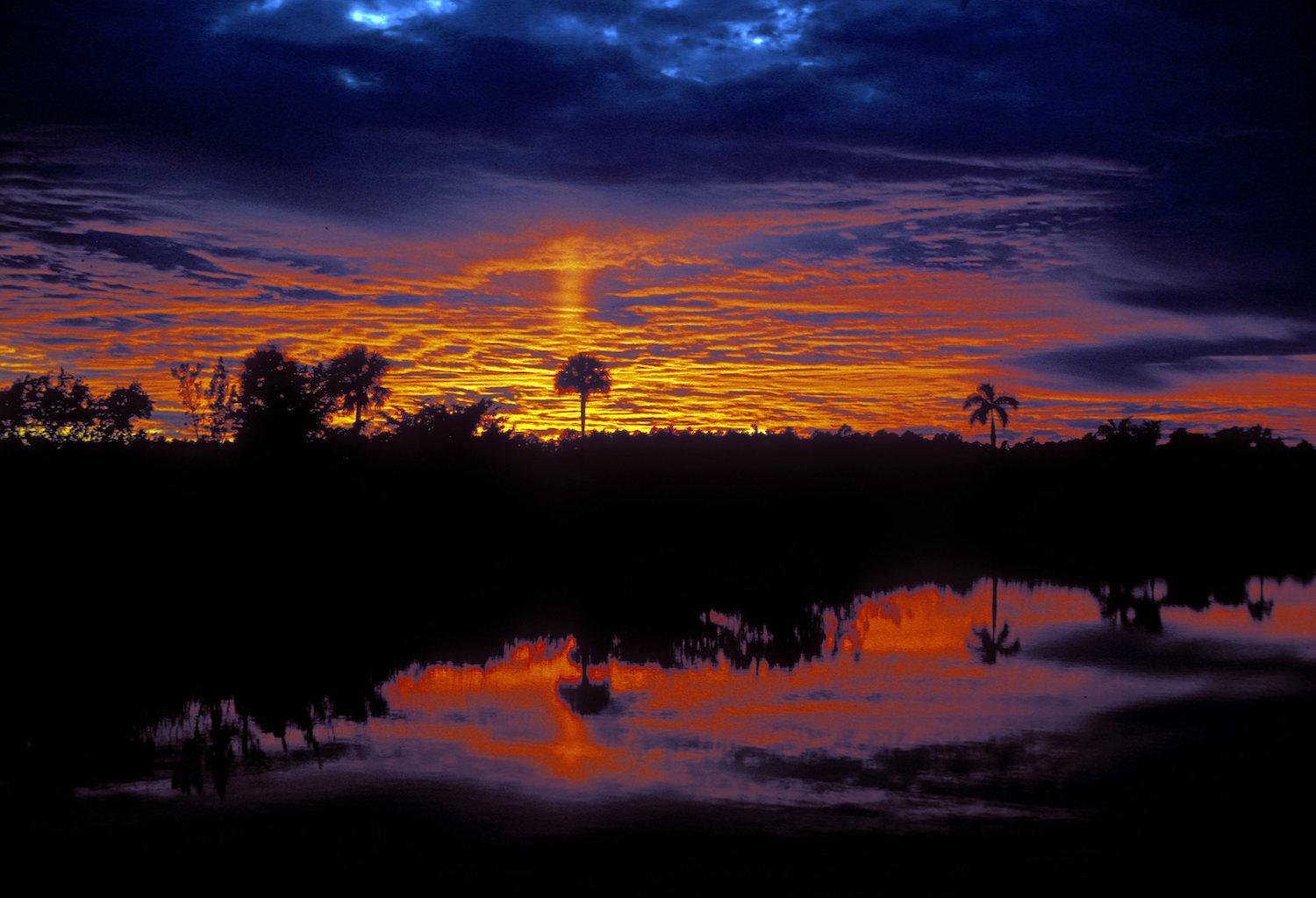
Work on restoring the Everglades in Florida is getting a $1.1 billion boost through the Bipartisan Infrastructure legislation/NPS file
A $1.1 billion infusion from the federal government announced Wednesday should help make significant progress in restoring the Everglades' natural streamflows and ecosystem.
The money for the South Florida Ecosystem Restoration Program is coming through the Bipartisan Infrastructure legislation passed by Congress.
“Today’s historic announcement that the Biden administration will invest more than one billion dollars in Everglades restoration marks a turning point in our journey to preserve this vibrant ecosystem," said Theresa Pierno, president and CEO of the National Parks Conservation Association. "This level of investment far exceeds any previous administration’s financial contributions to the fight to protect this park. This effort will help bolster this imperiled ecosystem, ushering in a new era for America’s Everglades."
At the Everglades Foundation, CEO Eric Eikenberg said that "[F]or too long, the residents of South Florida have suffered as a result of toxic discharges, algae blooms, fish kills, economic losses and a parched Everglades National Park. In order to maximize the environmental benefits to be achieved by Everglades restoration, the Army Corps of Engineers should direct the funding toward construction of the vital EAA Reservoir."
“This reservoir will benefit all of South Florida, slashing harmful discharges to the coastal estuaries while providing the water desperately needed for America’s Everglades and Florida Bay," added Eikenberg. "Furthermore, the EAA Reservoir will boost the carbon sequestration capacity of 3 million acres in the remaining Everglades wetlands. This vital project will also protect the drinking water supply for millions of Floridians."
Within the 1.5 million acres of Everglades National Park is the country’s largest officially designated wilderness area east of the Rocky Mountains, the 1.3-million-acre Marjory Stoneman Douglas Wilderness. But the landscape has been under siege almost since the first developers and large-scale farm operations reached South Florida, and brought with them plans to divert or dam the water that flows south from Lake Okeechobee to Florida Bay. All those efforts down through the decades altered the Everglades by changing its natural processes.
Today, it’s been more than two decades since Congress passed the the Comprehensive Everglades Restoration Plan, which has been viewed as a groundbreaking law aimed at restoring America’s Everglades after decades of destruction. That project was seen as a way to restore, preserve, and protect the South Florida ecosystem while providing for other water-related needs of the region, including water supply and flood control. In 2009, then-Interior Secretary Ken Salazar called the restoration project a national priority.
It’s one with a hefty price tag, one that committed the federal government to providing nearly $11 billion towards the restoration goals, with the state of Florida providing nearly $12 billion more.
“There is no other place on Earth like Everglades National Park," said NPCA's Pierno. "This fragile, beautiful place has faced countless threats from development since before it even became a national park. Millions of Floridians are reliant on its health for clean drinking water and a booming recreation and tourism economy. Restoring America’s Everglades is a bipartisan rallying point, and this investment will create tens of thousands of quality jobs."

 Support Essential Coverage of Essential Places
Support Essential Coverage of Essential Places




Comments
I support the federal government's bold and decisive intervention, assuming they can get through the red tape.
I lived in Key West 70 years ago and can vaguely remember the lush "river" that we called the Everglades. Then, in the early 60's, there was a syndicated (first run) melodrama about the Glades, and it captured this slow-moving "river" in all its glory. (Surely you remember "Lincoln Vale of the Everglades"?) I drove down to Key West two years ago and saw what appeared to be a prairie. Truly. From a distance, parched grassland spread out for what seemed to be miles. I could have been in Kansas. Only when I ventured out on the boardwalks did I see any water, but this was far from a river. This was a shallow swamp. If the federal government and its partners can do it, I am all-in. (But don't forget the pythons!)
Will the Everglades Restostion project include replacement of invasive species with native plants?